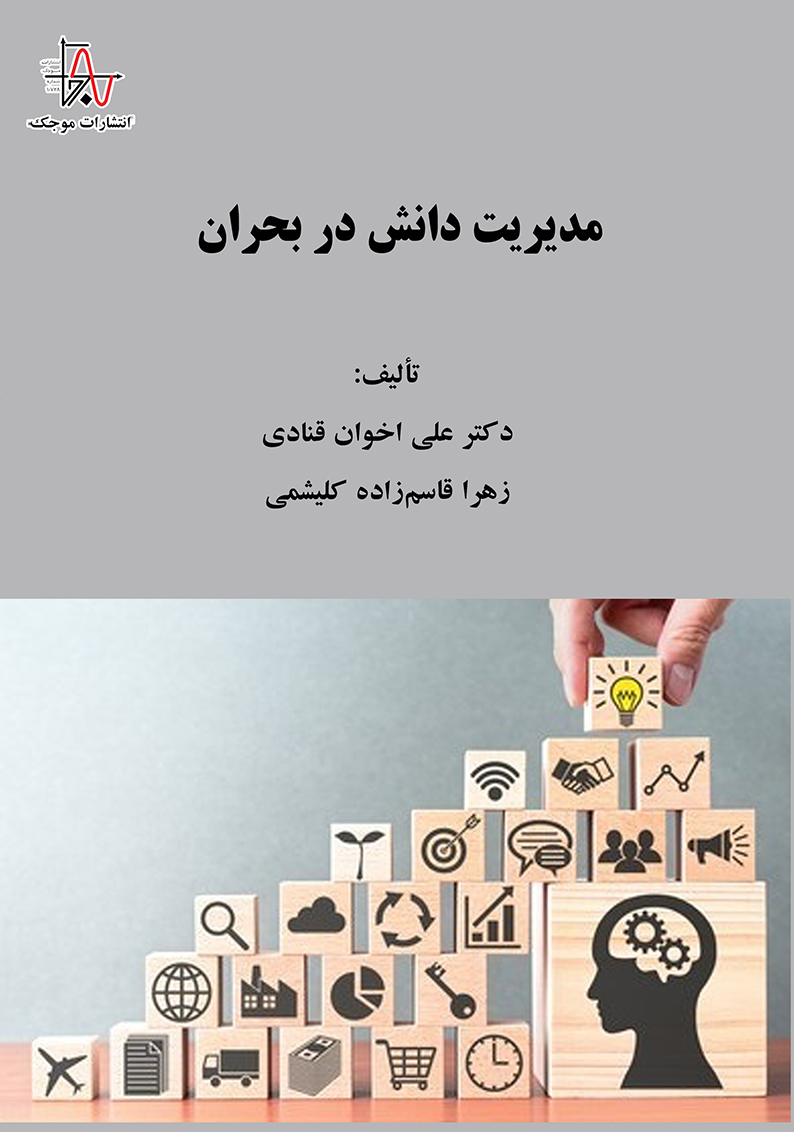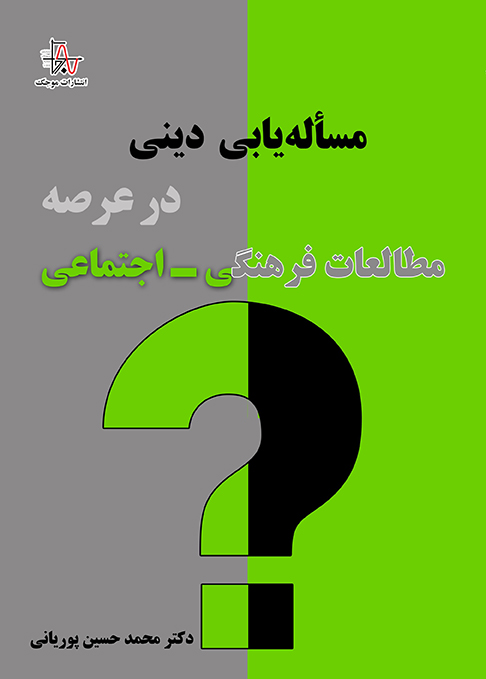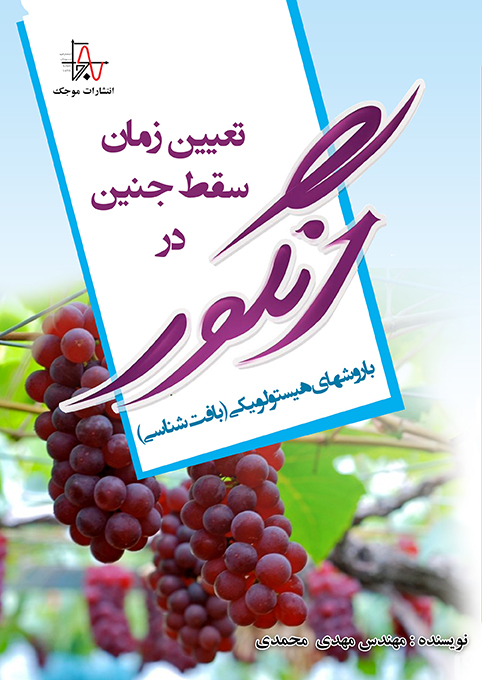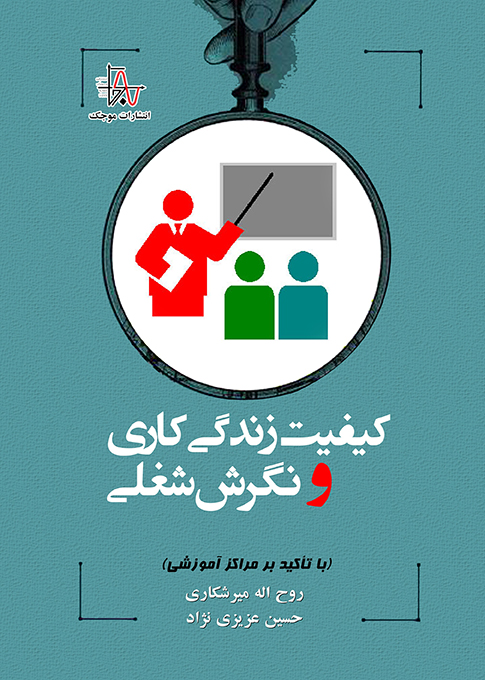ناشر : انتشارات موجک (ناشر دانشگاهی)
کد کتاب : M958
عنوان : مدیریت دانش در بحران
تالیف : دکتر علی اخوان قنادی، زهرا قاسمزاده کلیشمی
مشخصات ظاهری : ۱۰۴ صفحه، قطع وزیری
چاپ اول : تابستان ۱۴۰۲، تيراژ : ۵۰۰ جلد
قيمت : ۱۸۶۰۰۰۰ ريال، شابک : ۷-۶۲۹-۹۹۴-۶۰۰-۹۷۸
حقوق چاپ و نشر برای ناشر محفوظ است.
————————————————————————————————————————————————————————————————————————–






نقد و بررسیها
هیچ دیدگاهی برای این محصول نوشته نشده است.